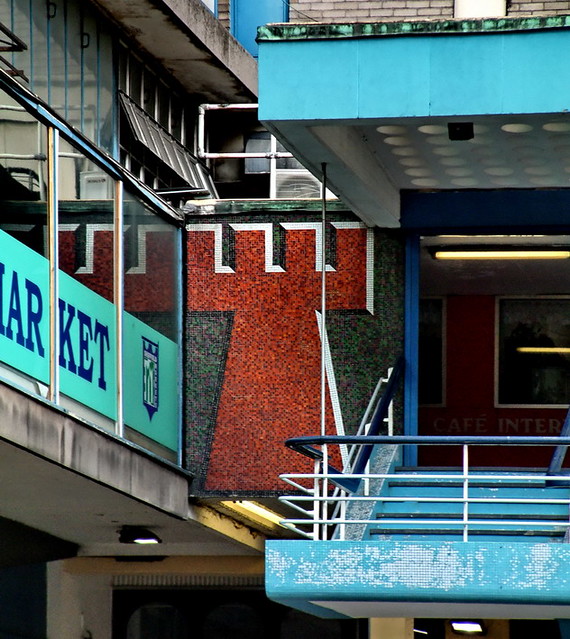
{originally published in Beyond No. 3: Trends and Fads by Pedro Gadanho}
Today I ate a McDonald's Mac Snack Wrap. Despite distinguishing itself as a healthy tortilla-wrapped light meal, Mac Snack was a sort of camouflaged hamburger: the Trojan horse of the health food genre. Consumers can no longer acknowledge the snack wrap as an object of nutritional sensibility. In fact, the packaging of sandwich contents into a thin wrap (once an ingenious solution to low-carb dieting) has become a convenient method for selling unhealthy foods. The demise of this health food movement shows how content and function can eventually become overshadowed by aesthetic manipulation. The decline of sophisticated movements into crude fads is not an uncommon occurrence, and can provide a departure point for considering the coming self-parody of the green movement.
The green movement has been relegated to a fad by American political and corporate values, aligned with profit-driven media and funded by oil companies. By denying global warming, and killing any measure that addresses the issue, Neo-Conservatives have successfully dispelled the movement’s ethos. As a result, "green" has been become a fad; something fashionable, yet lacking substance. "Green is the new black." This "cool factor" has been co-opted by capitalism, which is trying to cash in. A prime example of this is the green NBC logo. The normally rainbow-hued logo is green for a week now and then. Sprinkle some green dust on a fading public image and it immediately becomes aligned with the hip, the fashionable. Many celebrities drive Priuses (Prii?) to their private jets, which spew more carbon than a hummer limo could dream. "Green" is one of today's most transparent phenomena.
The punk movement of the 1970’s was similarly espoused by the mainstream. By rejecting all notions of rock and roll modernism, punk’s mission was to break down the corporate hierarchy that was music. As the agenda grew, it was killed by its own success, transitioning from a form of protest to fashion style. The perversion of “punk” occurred as capitalism embraced mainstream popularity surrounding the movement. Quite ironic, actually. Today's equivalent of fashion self parody serves as a model when looking at the future of the green movement.
What does the self-parody of green design look like? Perhaps it is manifest in architectural typologies facilitating non-sustainable practices creatively modified to meet “TREND AND FAD” specifications. Such an approach suggests a contemporary version of the “false front” building, or Potemkin village. Architects can capitalize on this agenda by boldly promoting the image of "green" over the form or content of their designs. Just as faux wood siding, faux shutters, and faux masonry construction have come to define suburban residential design, a faux green aesthetic is possible. "Green" as aesthetic craze will soon trump "green" as ideology. If a building is camouflaged with "green" style, it will be accepted by society as trendy, responsible, and valuable. Thus, a demand for affordable, yet symbolic icons of sustainable building is created. Consider faux solar arrays molded out of coloured plastics, fake ivy hung over vertical trellises, and sculptural fixed-in-place windmills. Such is the image of a "green" society and the unavoidable self-parody of the green movement as we know it.




































